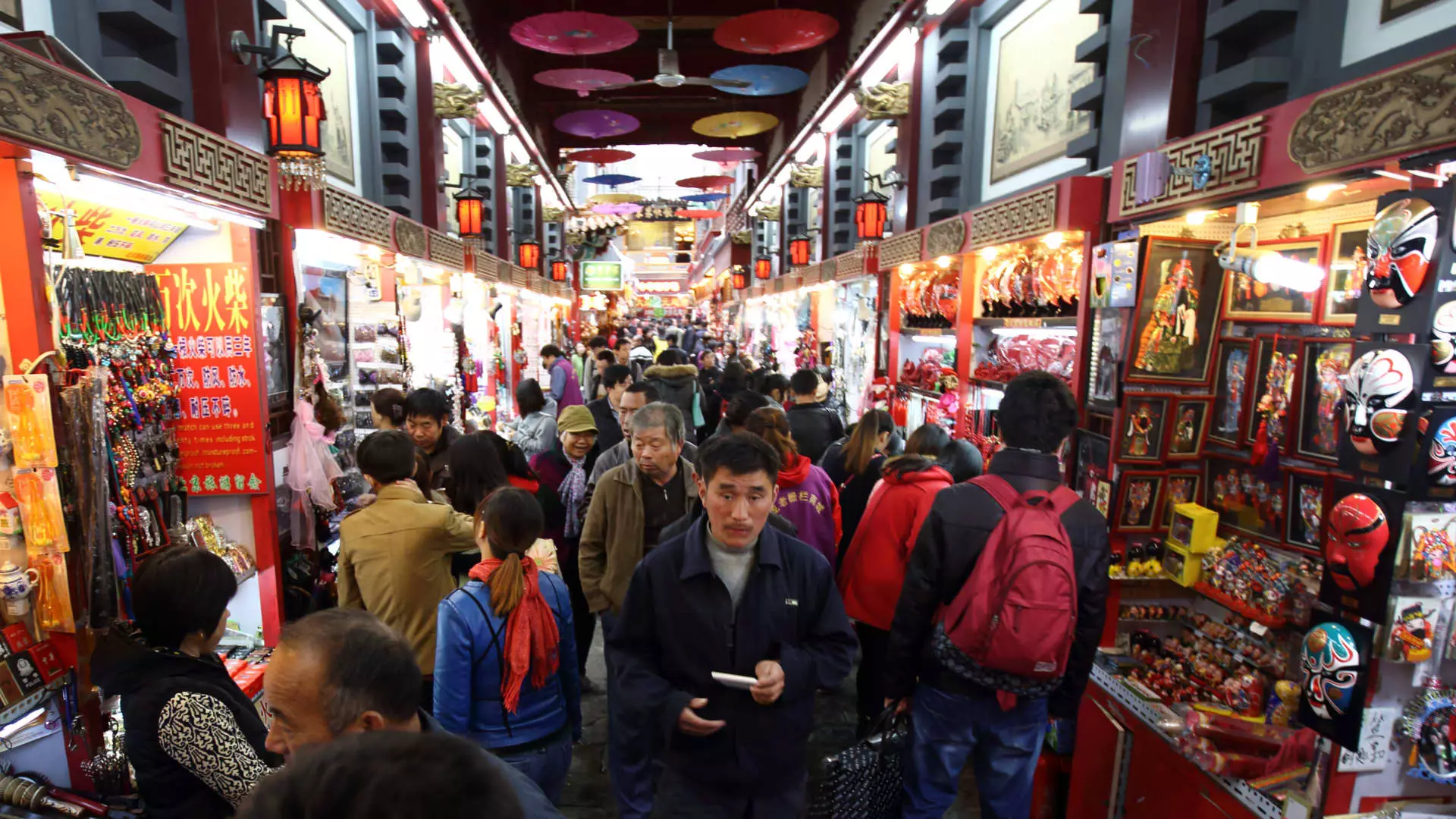China’s struggling economy faces yet another challenge as consumer prices record their sharpest decline in three years. In November, the consumer price index (CPI) dropped 0.5% year-on-year and month-on-month, surpassing the predicted decline of 0.1%. These figures indicate a growing deflationary threat, fueled by weak domestic demand and doubts over the country’s economic recovery.
Inflation Expectations Challenged
Despite recent concerns regarding deflation, China’s central bank Governor Pan Gongsheng remains optimistic, stating that inflation is expected to rise. However, the year-on-year core inflation, which excludes food and fuel prices, remained at 0.6%, the same as October. This stagnant core inflation rate poses a formidable challenge for Chinese authorities as they strive to revive demand amidst persistent deflationary forces.
The country’s factory-gate deflation further deepened, with the producer price index (PPI) falling 3.0% year-on-year in November, marking the 14th consecutive month of decline and the most significant drop since August. These figures surpassed economists’ expectations of a 2.8% fall. This persistent deflation in the manufacturing sector raises concerns about the overall health and sustainability of China’s economic growth.
China’s economy has faced a multitude of challenges throughout the year, including mounting local government debt, a struggling housing market, and tepid domestic and international demand. These factors have led to consumers tightening their spending, cautious of the uncertainties surrounding the elusive economic recovery. Moody’s recent credit rating downgrade warning highlighted the potential impact of costs associated with bailing out local governments and state firms, as well as controlling the ongoing property crisis. The Chinese finance ministry expressed disappointment over the decision, asserting that the economy would rebound and that risks were manageable.
To combat the deflationary pressures and revive the economy, Chinese authorities have outlined plans to enhance domestic demand and stimulate economic recovery in 2024. The Politburo, the ruling Communist Party’s top decision-making body, emphasized the importance of these measures in state media on Friday. However, the success of these initiatives remains uncertain, and market participants eagerly anticipate further government stimulus, expected to be announced at the upcoming “Central Economic Work Conference” later this month.
China’s economy grapples with the growing threat of deflation as consumer prices experience their sharpest decline in three years. The deepening deflationary pressure in the manufacturing sector further adds to concerns about the country’s economic recovery. While Chinese authorities express optimism and outline plans to spur domestic demand, the challenges posed by mounting debt, a struggling housing market, and cautious consumer spending remain. The effectiveness of future government stimulus measures will be crucial in determining the trajectory of China’s economic revival.

Leave a Reply